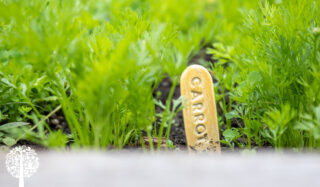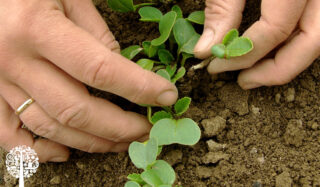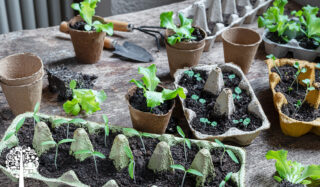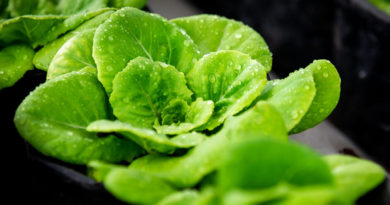Why Thinning Plants Leads To A Healthier Garden
When I first began growing food at home, I remember believing the concept of plant ‘thinning’ absurd. Germination was everything, and if I could successfully get a seed to sprout, then why pluck it out of the soil? I quickly learned that thinning is essential to every successful garden, and it’s easy to understand why.
‘Thinning’ Explained
While it may be satisfying to see most of the carrot or beet seeds take off, if you leave them planted so densely, they’ll never grow into what you hope to eat at the end of the season.
That means small, misshapen fruit or none at all—just green tops. If we’re talking sunflowers, it could mean leggy stems and only a few blooms.

So, after planting your seeds, observe the garden regularly to check how many have germinated.
Picturing Harvest
If you have a food garden growing at home, I recommend Nicole Johnsey Burke’s book Kitchen Garden Revival. It’s a great read with beautiful pictures covering everything from building garden beds to harvesting and preserving crops.
When it comes to thinning plants, she suggests imaging the final product you hope to harvest.

For example, if you want full-grown carrots about two inches wide, be sure they’re spaced two inches apart. The same rule applies to heads of lettuce; only the diameter will be larger, so space the plants eight to ten inches apart.
Sad Times
Now that you’ve pictured what you want to eat, the hard part begins!
Select the seedlings you want to get rid of and either snip them at the soil surface or pull them out if you don’t think it’ll hurt the seedlings you plan to keep. Pulling undesired seedlings out ensures nothing will crowd the remaining ones below the surface.
Thin & Transplant
Desperate to keep them all alive? I’ve been where you are.
The other day I noticed a second pumpkin plant growing out of my first. More pumpkins? Fun! I couldn’t handle killing one of the plants, but they couldn’t stay together either. I gently pulled them apart and transplanted the smaller one elsewhere, but it’s in bad shock, and I don’t think it will make it. It was worth a try!
Next, I’ll have to work on thinning the many sunflowers that have sprouted throughout my garden. I’d love to keep them all, but I also want those giant sunflower heads, and I won’t get them if I keep all the seedlings together.
What To Thin

Here are some plants that typically need thinning:
- Arugula
- Kale
- Radish
- Beans
- Carrots
- Cucumbers
- Squash
- Lettuce greens
Happy thinning!




